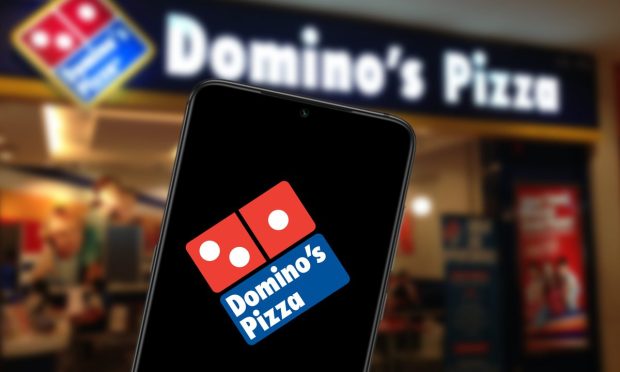Domino’s Leverages POS Upgrades to Weather Labor Challenges

As restaurants struggle to meet the demands required to keep staffed with qualified employees, major brands are looking for ways to use technology to reduce their labor needs. Domino’s Pizza, the Ann Arbor, Michigan-based quick-service restaurant (QSR) giant with more than 18,000 stores around the world, is investing in in-restaurant technologies that will optimize the workflow.
As the company’s CEO Ritch Allison framed the question on a call with analysts on Thursday (Oct. 14) discussing the company’s Q3 2021 results, “How do we bring more technology into the stores to allow us to operate more efficiently, with fewer labor hours per unit of sales?”
One of the key ways the chain hopes to do this is by upgrading its point of sale (POS) system, PULSE. The company is currently testing the new version in one of its stores, planning to roll out to “a few” additional stores before the end of 2021.
“When we go in and have a look at how it’s operating in stores, it is easier to manage transactions inside the store and significantly easier to get new team members up to speed on the use of PULSE,” said Allison. “[This] next-generation version of our point-of-sale system, along with other store technology innovations, are also helping us to get more productivity … in the stores.”
This upgrade features not only changes to the system itself, but changes to the architecture of the system to make it easier to update as the technology continues to evolve. These changes to the company’s proprietary POS come at a time when restaurant technology companies are building out their own offerings, aiming to use the POS system as an entry point into a suite of connected services geared toward making restaurants run more efficiently.
Read more: POS Providers Compete To Be Restaurants’ One-Stop Shop
Additionally, Domino’s also aims to make its delivery business more efficient by applying some of the learnings of its Carside Delivery pickup option, by which in-store employees bring orders out to customers’ cars. The restaurant hopes to use the same system to make delivery drivers’ routes more efficient, keeping drivers in their cars for the duration of their shift.
“No reason why we can’t just run pizzas out to drivers’ cars as well,” said Allison. “Why can’t we keep them turning to the store, back to the customer, and maximizing deliveries per driver per hour?”
He added that the company has already implemented this system in “a lot of stores” throughout the U.S.
The need to get the business running more efficiently is especially pressing for Domino’s, given that the labor shortage played a role in breaking the company’s decade-long United States same-store sales growth streak. These sales took a downturn in the quarter after 41 quarters of increases, declining 1.9% year over year, which the company attributed in part to the record-high sales in the quarter last year and in part to labor difficulties.
As Jessica Parrish, the restaurant’s corporate controller and treasurer, explained, “Our US order counts during Q3 were pressured by a very challenging staffing environment, which had certain operational impacts such as shortened store hours or customer service challenges in many of our stores.”